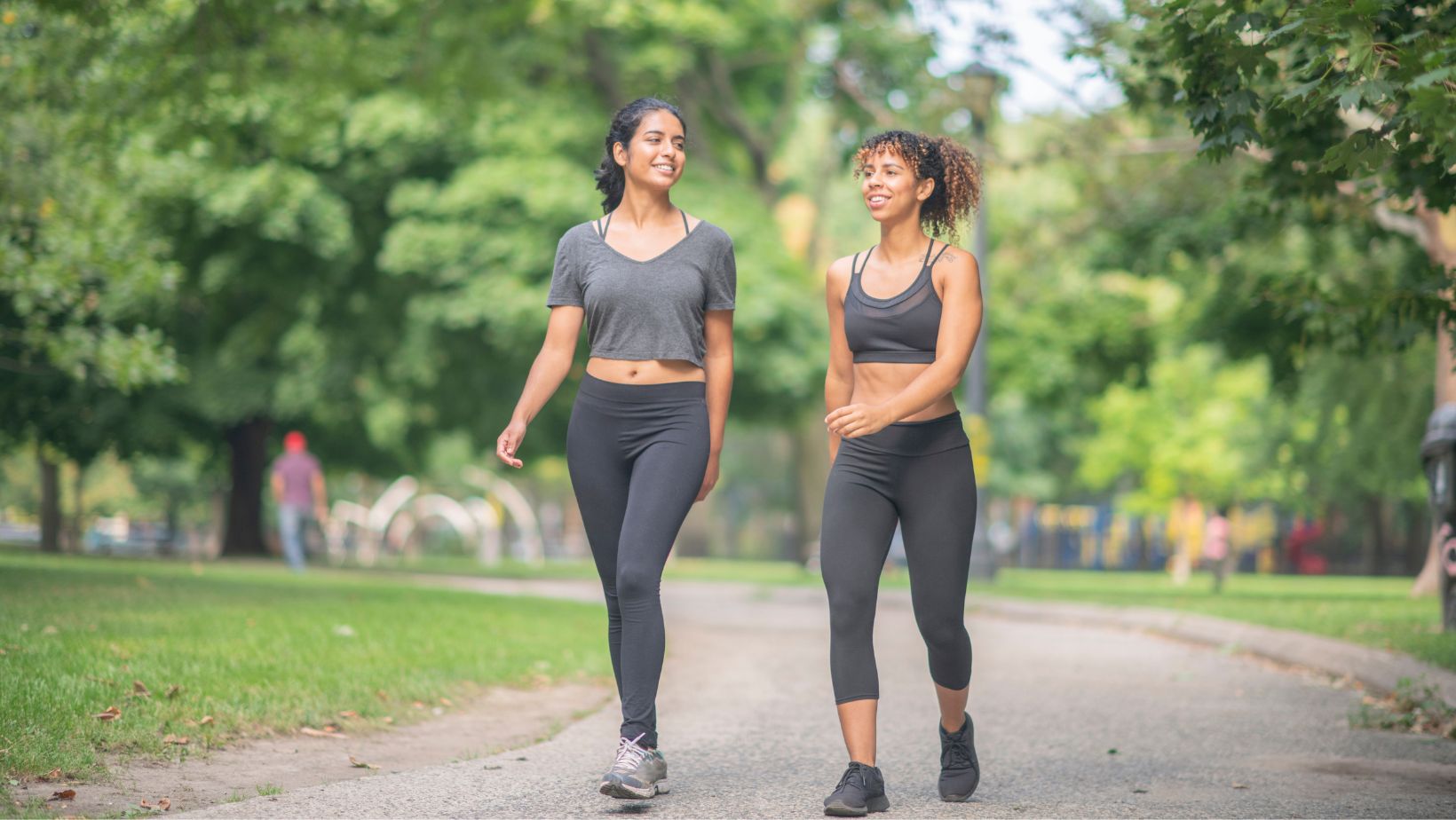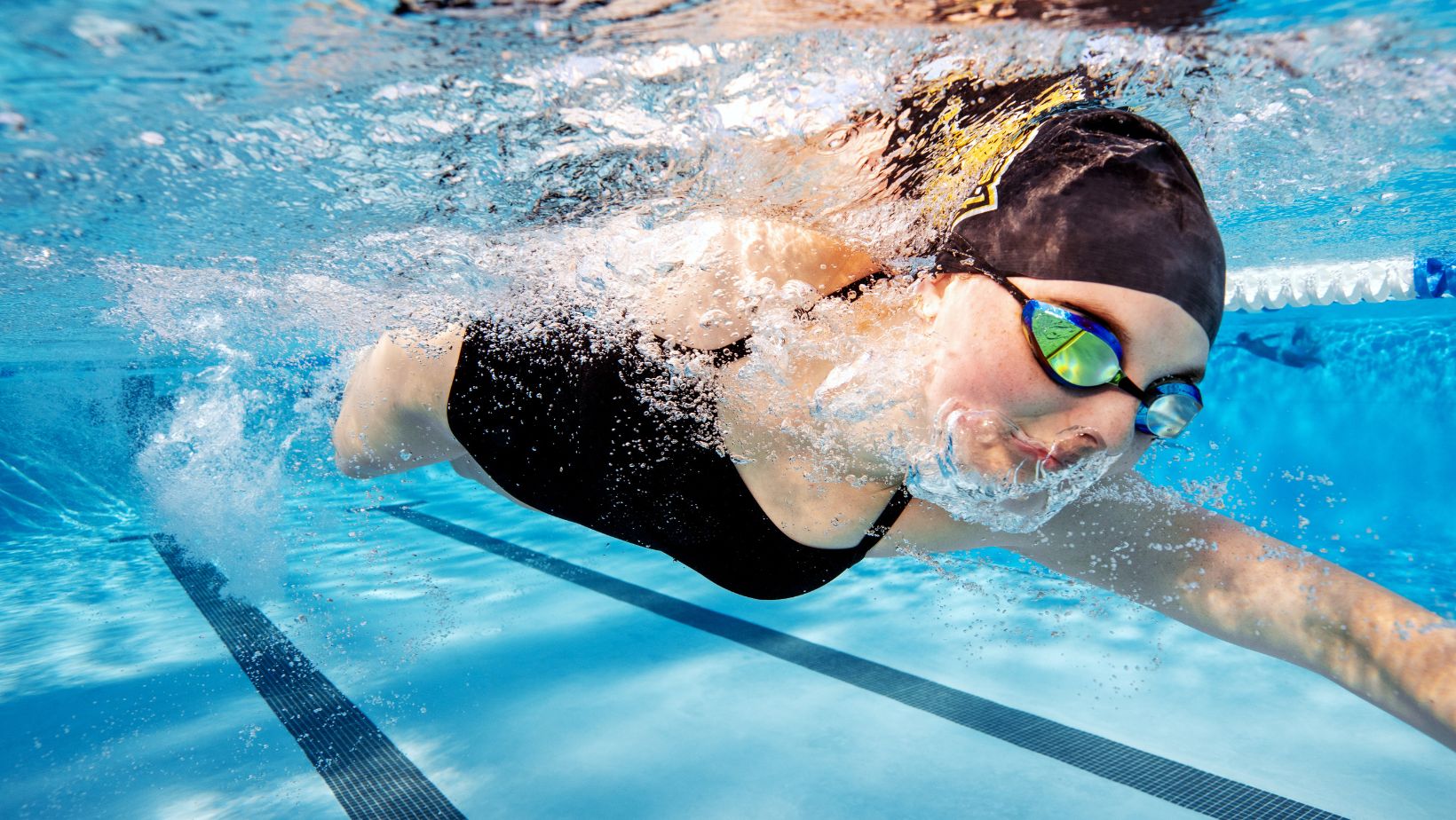Introduction
In a world full of distractions and mental fatigue, achieving mental clarity is more important than ever. While high-intensity workouts are known for boosting endorphins,low-impact exercises provide a gentler yet equally effective way to enhance focus, reduce stress, and promote cognitive function.
Unlike high-impact exercises, low-impact workouts are easier on the joints, accessible to all fitness levels, and can be sustained over time, making them an ideal choice for individuals looking to improve mental well-being without physical strain. This article explores the science behind low-impact exercises, their cognitive benefits, and the best types of workouts to boost mental clarity.
The Science Behind Low-Impact Exercise and Mental Clarity
1. Increases Blood Flow to the Brain
– Why it matters: Proper blood circulation ensures oxygen and nutrients reach the brain, improving focus and alertness.
– A study in The Journal of Physiology found that light aerobic activity increases cerebral blood flow by 20%, enhancing cognitive function (Thomas et al., 2021).
2. Reduces Cortisol and Stress Hormones
– Why it matters: High cortisol levels contribute to mental fog, anxiety, and fatigue.
– Research in Psychoneuroendocrinology found that low-impact movement like walking and yoga reduces cortisol by 30%, leading to improved mood and mental clarity (Hansen et al., 2020).
3. Boosts Neurotransmitters and Endorphins
– Why it matters: Low-impact workouts stimulate dopamine, serotonin, and norepinephrine, which enhance mood and cognition.
– A study in Molecular Psychiatry found that consistent movement improves memory and focus by increasing neurotransmitter activity (Wegner et al., 2022).
4. Supports Better Sleep
– Why it matters: Poor sleep negatively affects memory, concentration, and mood.
– Research in The Journal of Clinical Sleep Medicine found that engaging in low-impact activity for 30 minutes daily improves sleep quality by 50%, reducing mental fatigue (Zaccaro et al., 2019).
Perfect Low-Impact Exercises for Mental Clarity
1. Walking
Why it works:
– Increases oxygen flow to the brain, reducing mental fatigue.

– A study in Environmental Health Perspectives found that walking outdoors lowers stress by 25% and improves focus (Berman et al., 2018).
How to do it:
– Walk 30 minutes daily, preferably in nature.
– Practice mindful walking by focusing on breathing and surroundings.
2. Yoga
Why it works:
– Combines movement with breathwork, calming the nervous system.
– A study in Neuroscience Letters found that yoga increases gray matter density in brain areas related to attention and memory (Gothe et al., 2020).
Best yoga poses for mental clarity:
– Downward Dog – Enhances blood circulation to the brain.
– Seated Forward Fold – Calms the mind and reduces stress.
– Child’s Pose – Relieves tension and promotes relaxation.
3. Swimming
Why it works:
– Reduces stress by activating the parasympathetic nervous system.
– A study in The Journal of Applied Physiology found that swimming increases endorphin levels, leading to mental relaxation (Tanaka et al., 2021).
How to do it:
– Swim for 20-30 minutes at a moderate pace.
– Focus on rhythmic breathing to enhance relaxation.
4. Cycling (Stationary or Outdoor)
Why it works:
– Improves focus and reaction time.
– A study in The Journal of Neuroscience found that cycling enhances cognitive function and short-term memory (Kramer et al., 2019).
How to do it:
– Ride for 30-45 minutes, 3-4 times per week.
– Engage in steady, moderate-intensity pedaling for optimal mental benefits.
5. Tai Chi
Why it works:
– Encourages mind-body awareness and relaxation.
– A study in Frontiers in Psychology found that Tai Chi practitioners experience better emotional regulation and improved cognitive function (Lee et al., 2019).
Best Tai Chi movements for mental clarity:
– Wave Hands Like Clouds – Promotes fluid movement and focus.
– Parting the Wild Horse’s Mane – Enhances balance and relaxation.
– Standing Meditation – Grounds the mind and reduces stress.
6. Pilates
Why it works:
– Strengthens core muscles while promoting mental discipline.
– A study in The Journal of Alternative and Complementary Medicine found that Pilates improves concentration and reduces mental fatigue (Streeter et al., 2020).
How to do it:
– Focus on slow, controlled movements and deep breathing.
– Engage in core-focused exercises like leg lifts and spinal rolls.
7. Stretching and Mobility Work
Why it works:
– Releases muscle tension, promoting relaxation.
– Improves circulation to the brain, reducing headaches and mental fog.
Best stretching exercises for mental clarity:
– Neck Rolls – Relieves upper-body tension.
– Hip Openers – Improves posture and blood flow.
– Spinal Twists – Enhances flexibility and nervous system regulation.
How to Incorporate Low-Impact Exercise Into Your Routine
1. Start Small and Build Consistency
– 10-15 minutes daily can make a difference.

– Gradually increase the duration as it becomes a habit.
2. Pair Exercise with Mindfulness
– Focus on breathing and movements instead of distractions.
– Use exercise as a mental reset during stressful moments.
3. Listen to Your Body
– Low impact doesn’t mean any intensity—adjust based on energy levels.
– Choose activities that feel rejuvenating, not exhausting.
4. Combine Different Exercises
– Rotate between walking, yoga, swimming, and stretching.
– Variety keeps workouts engaging and beneficial for different brain functions.
Conclusion
Low-impact exercises are an effective, sustainable way to improve mental clarity, reduce stress, and enhance cognitive function. By incorporating activities like walking, yoga, swimming, and Tai Chi, individuals can enjoy the mental and emotional benefits of movement without physical strain.
A consistent routine of gentle, mindful exercise promotes long-term brain health, emotional resilience, and enhanced focus, helping you stay clear-headed and balanced in everyday life.
References:
– Thomas, B. P., et al. (2021). Exercise and Cerebral Blood Flow. The Journal of Physiology.
– Hansen, C. J., et al. (2020). Exercise and Cortisol Regulation. Psychoneuroendocrinology.
– Wegner, M., et al. (2022). Neurotransmitters and Exercise. Molecular Psychiatry.
– Berman, M. G., et al. (2018). Outdoor Exercise and Stress Reduction. Environmental Health Perspectives.
– Gothe, N. P., et al. (2020). Yoga and Cognitive Function. Neuroscience Letters.
– Lee, R., et al. (2019). Tai Chi and Mental Clarity. Frontiers in Psychology.
– Streeter, C. C., et al. (2020). Pilates and Cognitive Benefits. The Journal of Alternative and Complementary Medicine.
